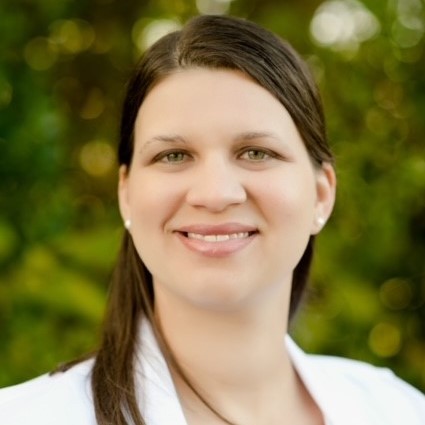
It’s the month of October, and you know from the notable pink ribbons that this is Breast Cancer Awareness Month. One in eight women in the United States will develop breast cancer in her lifetime – and, though rare, men can also receive that same unwanted diagnosis. Because it is one of the most common cancers for women in the U.S, learning how to detect breast cancer and be proactive toward your breast health this month can save your life.
While many breast cancer diagnoses have unknown causes, genetic and environmental factors are known to be associated with it. You can avoid some of the biggest risk factors – including living a lifestyle with a poor diet and lack of exercise, consuming alcohol frequently, and being overweight or obese. In addition, your risk is inceased if you received radiation therapy to your chest before age 30 or took prescribed combined hormone replacement therapy for menopause. Genetic factors that can’t be changed, such as gender, age, and race, also contribute as risk factors. Women are 100 times more likely than men to get breast cancer, with the risk increasing for women over the age of 55, who are Caucasian, and have a family or personal health history that involves breast or ovarian cancer.
Those diagnosed with breast cancer typically noticed only a few symptoms before their diagnosis – and these signs don’t always equate to a breast cancer diagnosis. However, any changes in your breast should always be brought to your doctor’s attention – being cautious and receiving professional screenings could help catch a problem early, when it’s easier to treat and the prognisis is better. A change in the appearance or feel of your breast or nipple may indicate breast cancer – things like tenderness, change of skin textures, change in size or shape, or lumps, along with any discharge.
Though detection isn’t always easy, a breast self-exam is a great way to be proactive toward your breast health. You should perform a self-exam once a month while laying down, looking in a mirror, or in the shower, by using firm pressure to feel for any lumps or knots, skin changes like dimpling, or discharge. Self-exams are extremely helpful for noticing changes; in fact, 40% of women diagnosed with breast cancer first noticed a lump themselves.
In addition to self-exams, professionals perform clinical breast exams annually to check for changes. Mammograms are another form of screening that uses an x-ray to examine the breast tissue, and can detect breast cancer even before lumps can be felt. Mammograms can reveal clusters of calcium, fatty cells, cysts, and cancer. If a mammogram finds anything concerning, additional tests like an ultrasound, MRI, or biopsy may be conducted to provide clearer answers.
Breast Cancer Awareness Month aims to spread knowledge on the disease and save lives. Learning the signs of breast cancer and tips for detecting unusual changes will help maintain your health. Next time you see the pink ribbon, let it be a reminder to check for early signs and symptoms, and to educate those around you.
Dr. Dickens is Family Medicine board-certified and works at the Centerville Place location. A native Floridian, she went to medical school at Florida State University College of Medicine. After completing her residency training in Waco, Texas, she practiced in Quincy, Florida. She is known for her attention to detail, good listening skills, and dedication to her patients. She loves being a doctor, 'I really enjoy taking care of my patients, knowing their family'. Keeping the family in Family Medicine is important to her.
When not in the office, Dr. Dickens enjoys cooking, promoting literacy, and spending time with her own family.